If you purchase an independently reviewed item through our site, we earn an affiliate commission. Read our affiliate disclosure.
Apitherapy is an alternative treatment method that makes use of beehives and products that are derived from honeybees. It has been found to be an effective remedy for boosting body immunity and overall health in humans. Its use dates back to ancient times, about 460 BC when Egyptians and Chinese used it as a treatment for most health problems. The Romans and Greeks also used apitherapy.
Early records by Desjardins in a scientific paper show the effectiveness of bee venom in the treatment of rheumatic disease. Bee venom was also used by Filip Terc for treating many of his patients and he is regarded as the “Father of Apitherapy”. Other bee products such as honey, pollen, and propolis have also been used to successfully treat a wide variety of ailments. Apitherapy has been integrated into modern health systems in some countries such as Slovenia. They serve as complements and not a replacement for existing medicines and homoeopathic medicines. They help improve the effectiveness of drugs and minimize their potential side effects.
What is Apitherapy?
Apitherapy is a science of human well-being that focuses on the use of honeybee products such as royal jelly, honey, propolis, pollen, bee bread, and bee venom. The aim is to address common human ailments and boost health and well-being. These products have been deeply studied and their many benefits unraveled. They are now used widely in modern and conventional medical practices across the globe.
Other descriptions of apitherapy describe it as an art and science of treatment and holistic healing with the use of honeybees and its products to benefit humans and other animals. Apitherapy is also defined as the use of honeybee products to prevent or treat illnesses and promote healing.
History of Apitherapy
Apitherapy as a science and art of healing began many years ago. Humans have strived to find better ways of addressing commonly faced problems in areas of their lives, and apitherapy was part of the ideas that came up to address health issues. It started out as per below:
| Year | Development |
| 460 to 370BC |
|
| 129 to 199AD |
|
| 1530 to 1584 |
|
| 1600 to 1634 |
|
| 1859 |
|
| 1888 |
|
| 1912 |
|
| 1928 |
|
| 1932 |
|
| 1935 |
|
| 2003 |
|
About Apitherapy
Apitherapy makes use of honeybee products, with each of the products targeting particular ailments, thanks to the potent ingredients found in them. These products include:
1. Beehive Air Therapy

The use of beehive air as a treatment option was developed by Heinrich Huttner, an Austrian. It is believed that beehive air helps reduce asthma and eliminates respiratory allergies and that the air inhaled from the beehive carries with it beneficial products that are produced from the honeybee body.
Beehive air contains natural substances such as propolis, cytochrome protein, the smell of honey, wax, and other 1000-plus substances. Propolis boasts strong anti-inflammatory properties and is also a natural antioxidant. The cytochrome protein helps eliminate chemical residues and any hydrocarbons that are found in the body. It is believed that the other substances when combined with these two make therapeutic treatment the most effective.
It is believed that beehive air therapy is an effective immune booster and relieves asthma and allergic diseases. Proponents claim that patients get the best results after undergoing 10 to 40 beehive air therapy sessions. The therapy is designed to complement other treatment options and is usually done with the supervision of a physician. The best time for beehive air therapy is during the summer months and that will depend on your region. The air will be extracted for 15 minutes for every application and two honeybee colonies will be sufficient for a 30-minute session. Additionally, the hive will be given a 45 minutes break after an initial session.
Other diseases that may be countered with beehive air therapy include immunodeficiency, chronic headaches, and chronic Rhinitis. The device used in beehive air therapy comprises a tube with a sieve that goes into the beehive and an airflow controller that helps regulate the quantity of air inhaled. It is built in such a manner that the patient does not come into direct contact with the honeybees but will sit beside or behind the hive.
Some of the benefits of beehive air therapy include:
- It is an immune booster.
- Helps improve the respiratory organs.
- Improves overall well-being.
- Eliminates stress.
2. Bee Venom
This honeybee product is produced by two glands situated on the honeybee stinging apparatus. It is medically known by the term apitoxin. The substance is rich in helpful ingredients that include protease inhibitors, hyaluronidase, melittin, dopamine, apamin, histamine, phospholipase A2, and ado-lapin.
Bee venom can be administered to patients in two ways. First off, apipuncture or bee sting therapy is where the live bee is used to directly inject the treatment area. This is commonly applied in the treatment of arthritis and skin ailments. Secondly, it can be administered through bee venom therapy where apitoxin or apitox where the patient receives two separate injections of up to 2ml from two doctors. The patient has to undergo an allergy test before the bee venom is administered.
Some of the benefits of bee venom include the following:
- Allergic sensitivity – through venom immunotherapy patients are able to overcome allergic sensitivity. The venom is able to minimize systematic reaction risk in people with bee sting allergies by about 95%.
- Cancer treatment – bee venom’s components such as melittin and phospholipase A2 help in the treatment of cancer. They are potent anti-cancer remedies. Mellitin also helps control neuropathy resulting from chemotherapy.
- Treatment of liver fibrosis – melittin helps counter inflammation and helps prevent liver fibrosis.
- Arthritis treatment – bee venom’s strong anti-inflammatory properties and pain relief has been effectively used to alleviate pain and inflammation in patients suffering from arthritis.
3. Honey
Honey is definitely the most popular honeybee product for the fact that it is widely consumed and accepted. It is used in many industries including apitherapy, dating back to the ancient times when Chinese, Egyptians, Romans, and Greeks used honey for medicinal purposes. Honey boasts some potent ingredients that give it medicinal properties.
Honey is rich in minerals, Amino acids, bioactive compounds, and enzymes. These include phosphorus, calcium, zinc, sodium, thiamine, selenium, Niacin, Riboflavin, Folic acid, Pantothenic acid, Pyridoxine, Arginine, Valine, glucose oxidase, and many others.
Honey is a strong anti-microbial product that helps fight a wide range of harmful micro-organisms. Honey is consistent in efficacy and can be used without fear of organisms developing some resistance. It helps dehydrate bacteria and inhibits microbial growth due to its acidic nature.
Honey is used for healing wounds given its excellent antimicrobial properties. It is best used when patients counter resistant bacteria. It helps quicken healing, reduces inflammation, and alleviates pain. It also helps in the treatment of pediatric dermatitis resulting from overuse of diapers. It also helps treat psoriasis.
Honey has also been used successfully on patients with gastrointestinal disorders. It helps boost the health of the Gi system thanks to its beneficial probiotics. It is also helpful for patients with peptic ulcer and inflammatory bowel syndrome.
Other benefits of honey in apitherapy include the following:
- Benefits to oral health – it helps eliminate the bacteria that cause periodontitis.
- Treats pharyngitis and cough given its anti-inflammatory properties.
- It helps in the treatment of pancreatic and liver diseases.
- Decreases cardiovascular and metabolic diseases due to its phenolic compounds. It diminishes the risk of coronary heart disease, improves endothelial functions, boosts high-density lipoproteins, and eliminates the formation of clots.
4. Propolis
This is another honeybee product with potent ingredients, making it widely popular among providers of apitherapy. It is mainly collected by worker bees from a wide variety of plants. It has been in use as a medicinal product for many years.
Honeybees make propolis from substances collected from parts of plants and buds. It is also known by the name bee glue since it helps bees in the construction and repair of their colony. It is used for sealing cracks, opening, and also smoothing rough surfaces inside the colony. These barriers are created to keep off external invaders that include snakes, ants, lizards, rats, and many others.
Propolis has been in use since ancient times in the treatment of sicknesses. It was popularly used by the Egyptians in embalming their ancestors. Greeks and Romans used propolis as a mouth disinfectant and for healing wounds.
Propolis is found in health food stores presently and is recommended as a natural remedy for many ailments. It helps counter cancer, inflammation, and eliminates harmful pathogens such as harmful microbes. It contains resin, essential oils, wax, pollen, and different organic compounds. Minerals and vitamins are also found in propolis.
Propolis is also used in the cosmetics and food and beverages industries. It is available for commercial use in various forms comprising powder, capsules, creams, throat lozenges, and others. It can be taken as an oral supplement, applied topically on the skin, or diluted in water and used as a mouthwash.
Some of the main benefits of propolis in apitherapy include:
- It helps patients with diabetes. It helps minimize the possibility of stroke and artery diseases in patients with diabetes.
- It helps counter human breast cancer. Its ingredients help attack human lung cancer cells selectively as well. It also helps inhibits the development of other cancers such as skin cancer, oral cancer, and lung cancer.
- It provides immense benefits to oral health. Mouthwash with propolis helps heal surgical wounds. When added to toothpaste it helps fight gingivitis resulting from dental plaque.
- It helps fasten healing in patients with gastrointestinal problems with an efficacy of between 52 to 60 percent.
- Propolis has antioxidants that are helpful in reducing inflammation, especially in patients with arthritis. It stops swelling and minimizes its severity.
- It works as an alternative treatment for oral or genital herpes.
5. Bee Pollen
Bee pollen consists of three components compacted together, namely, plant pollen, honey, and honeybee salivary substances. It is an important diet for the honeybee colonies. Health and wealth practitioners have adopted bee pollen as a remedy for a number of problems.
Bee pollen is the main food source that provides proteins, fats, and minerals for honeybee colonies. It is an important food for brood and newly emerged workers. These bees require pollen to ensure the proper development of their fat body and the hypopharyngeal glands. These organs guarantee the survival of the bees during winter.
The adult worker bees that are regarded as the nurse bees for the queen and brood consume a higher amount of bee pollen. The amount of pollen produced is dependent on the colony’s need and pollen stores are kept at a bare minimum by honeybee colonies.
Bee pollen is collected from flowering plants, mainly the tiny grains found on the anthers or the male part of the flowering plant. The quality of the pollen is thus pegged on the type of plant it is sourced from. The worker bees that collect pollen will vary based on their role. Some will only specialize in pollen collection while others will collect both nectar and pollen.
Bee pollen exhibits some properties that include: anti-inflammatory, anti-cancer, immunity booster, and anti-bacterial and other pathogens. Some of its key ingredients include carbohydrates, proteins, amino acids, fatty acids, polyphenolics, vitamins, minerals, and bioactive substances.
The benefits of bee pollen include:
- It helps treat wounds resulting from burns. It quickens healing and helps alleviate pain from ailments.
- It is a strong anti-inflammatory product that helps reduce inflammation and ease pain.
- It eliminates dryness, skin aging, and damage. That can explain why it is used widely in cosmetics. It also helps neutralize free radicals in the skin.
- It helps promote digestion. It is also an immunity booster helping produce protective and anti-oxidizing compounds that protect the body from free radicals and viruses.
- It boosts the health of the prostate as a complementary and no-surgical prevention method.
- The wide range of essential amino acids found in bee pollen improves energy and is used by athletes to promote performance.
6. Royal Jelly
This white and viscous jelly is made by honeybees using their hypopharyngeal glands. It is made purposely for feeding the brood during their early life. The queen bee however relies on this all her early life and this is the substance that makes a queen the queen. It is sticky and white colored and looks like milk. It also has a distinctive odor and sour taste.
The queen bee is one and a half times bigger than the worker bee, is sexually mature, and will outlast all other bees, living from generation to generation. All this can be attributed to the food they solely feed on that we call the royal jelly.
A larva that would be expected to end up being an infertile worker bee is transformed into a sexually mature queen using royal jelly. The substance is produced by worker bees between the ages of 6 to 14 days old and will use pollen and honey as the source materials for making royal jelly.
Royal jelly is harvested from honeybee colonies by employing the skill of establishing a colony without a queen bee. Such a colony should have a huge number of young bees. These bees are induced into preparing queens by providing queen cups or cells. Several of these cups will contain honeybee eggs that have been handcrafted into them. The bees will fill up these cups with royal jelly that will later be harvested for commercial purposes.
Royal jelly contains a compound referred to as Royalactin that gives it anti-bacterial, anti-allergy, immune-boosting and anti-inflammation properties. Other chemical components that make up royal jelly include lipids, water, vitamins, carbohydrates, immunomodulatory compounds, proteins, fatty acids, hormones, adenosine, acetylcholine, and polyphenols.
Health has historically been used for promoting healthy and long life. It was referred to as “The Food for Emperors” in traditional Chinese medicine. It was known to prevent illnesses, boost vitality, and grant a long life.
The Maharajas of India were known to use royal jelly for medicinal purposes and were known for sustaining youthful energy. Egyptians used royal jelly as well, being food for pharaohs.
Presently, royal jelly is used across the globe, with China being the leading producer and exporter of royal jelly. Japan is also a top producer and exporter of royal jelly.
Some of the benefits of royal jelly include:
- Healing wounds – it is beneficial in healing diabetic foot ulcers, promotes collagen production, and stimulates blood flow hence helping quicken the healing process.
- Fights bacteria, inflammation, and tumors – its strong anti-inflammation, and anti-bacterial properties make royal jelly a valuable product in apitherapy. It also helps lower cholesterol levels in the human body.
- Helps counter aging and neurogenerative conditions, common in patients with Alzheimer’s disease. It is particularly recommended for the elderly since it boosts appetite and weight. Its neuroprotective action also helps boost the overall health of the elderly.
- Good remedy for those suffering from reproductive problems. It helps restore hormonal imbalance and that can explain its use on patients with menopausal symptoms.
7. Other Honeybee Products
Some of the other honeybee products that have been studied and are now used in apitherapy include:
- Beeswax – is known to be the least allergic product and is produced from the honeybee’s body. It is used for coating drugs since it helps prevent the dissolution of products before they reach the digestive tract. It is neutral and will not react in the digestive system. Beeswax can also be ingested as a remedy for colds. It also helps improve skin health, making it smooth and fresh. Additionally, beeswax when chewed will inhibit gingivitis and boost the production of stomach juices and saliva.
- Apilarnil – a product attributable to Nicolae V. Iliescu. It is made from the components of a 7-day-old drone larvae cells, which includes the drone larvae and larvae food such as pollen, royal jelly, bee bread, and honey. The milky substance with its yellowish-to-green color has a sour taste and has a number of benefits attributable to its ingredients (sex hormones, vitamins, minerals, water, proteins, fatty acids, lipids, and carbohydrates). It is used in apitherapy to boost the weight of seminal glands, improve ejaculation volumes, and boost epididymis health, and testosterone production. It also helps ease stomach ulcers and liver problems.
- Apilarmel – a product with apilarnil, honey, and pollen. It is used in apitherapy to heal respiratory virosis in young children.
Conclusion
The inhalation of the air that emanates from the beehive is believed to be effective in positively impacting psychophysical wellbeing. Proponents say a few hours of apitherapy inject positive energy, improves body immunity, supercharges the respiratory system, eliminates stress, and boosts general well-being. Further, proponents say that it will help those suffering from allergies, back pain, chronic throat infections, recuperating from stroke, migraines, rheumatism, insomnia, depression, emotional disorder, immune deficiency, respiratory diseases, and chronic Rhinitis. Apitherapy is an alternative treatment method. You should speak with your licensed physician to see if it is right for you.
References
- https://www.healthline.com/health/apitherapy#bee-venom-honey-and-other-products
- https://www.ncbi.nlm.nih.gov/pmc/articles/PMC1062163/
- https://www.youtube.com/watch?v=hxTrdnxQHiE
- https://eifelbienen.de/en/walsdorf-eifel/
- https://www.entomoljournal.com/search/?q=apitherapy
 BeeKeepClub Resources and Guides for Beekeepers
BeeKeepClub Resources and Guides for Beekeepers

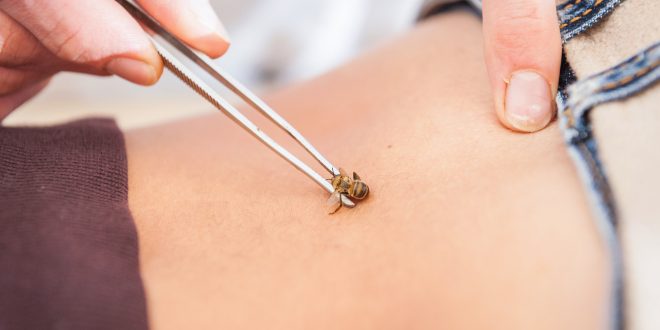
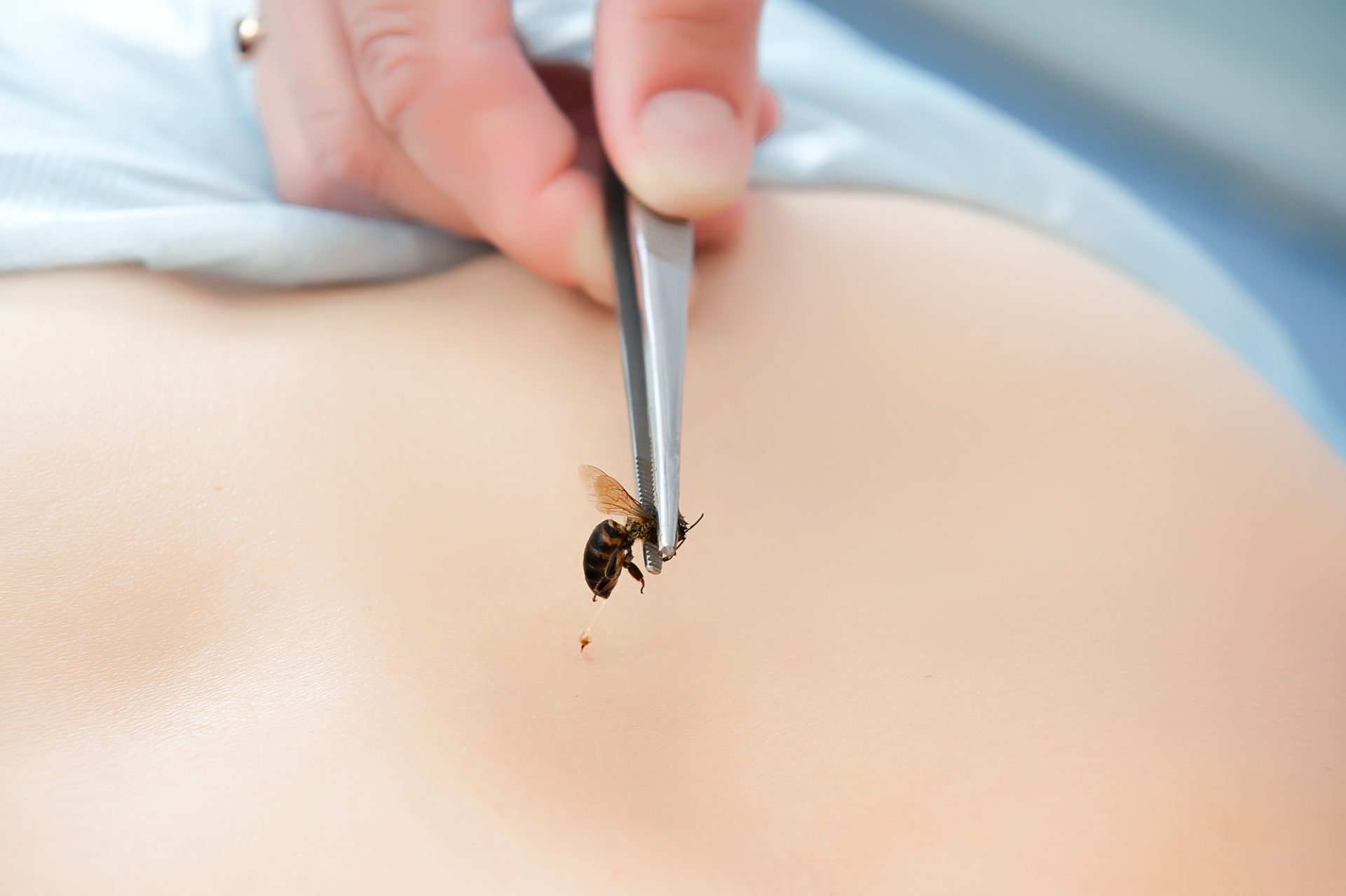
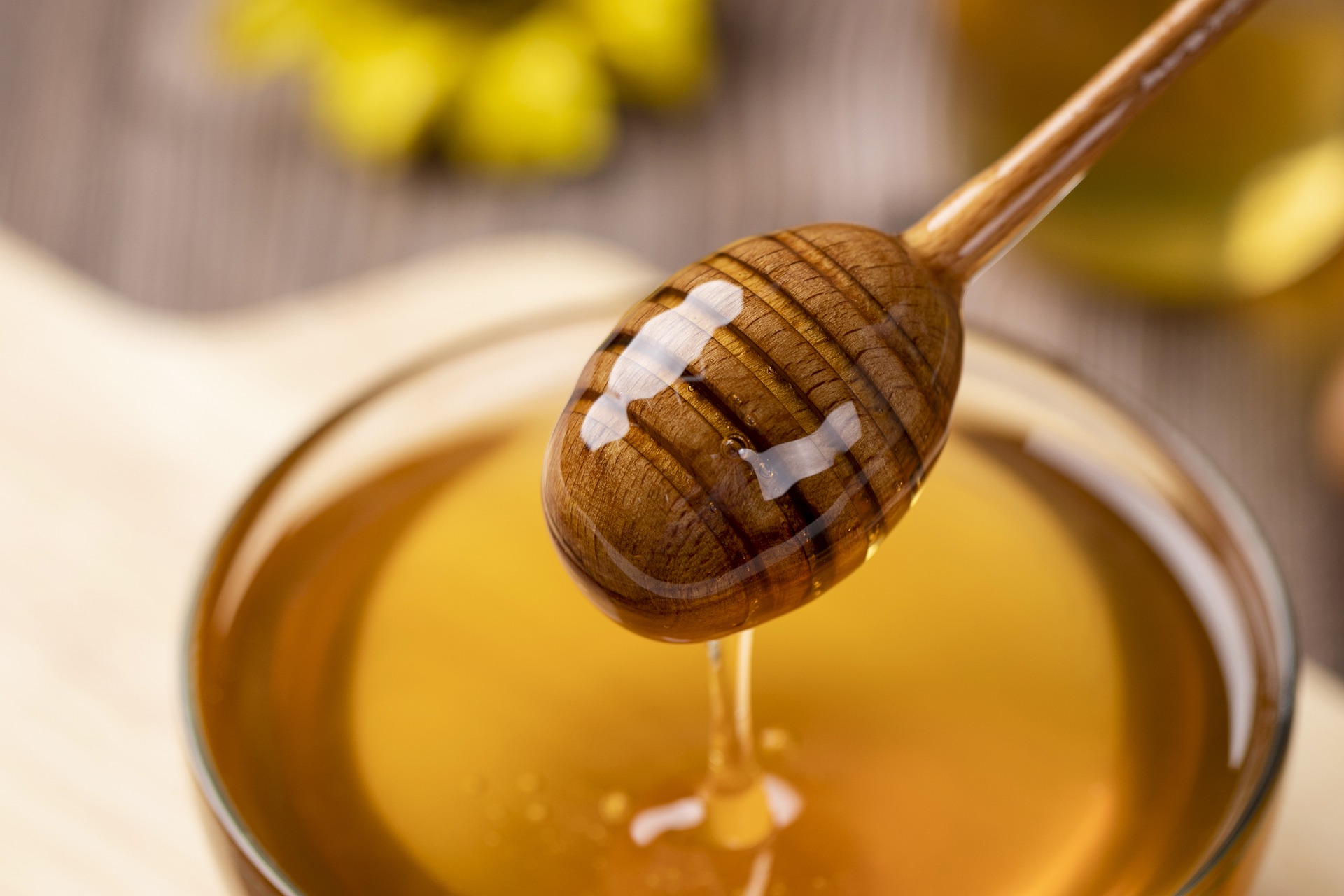
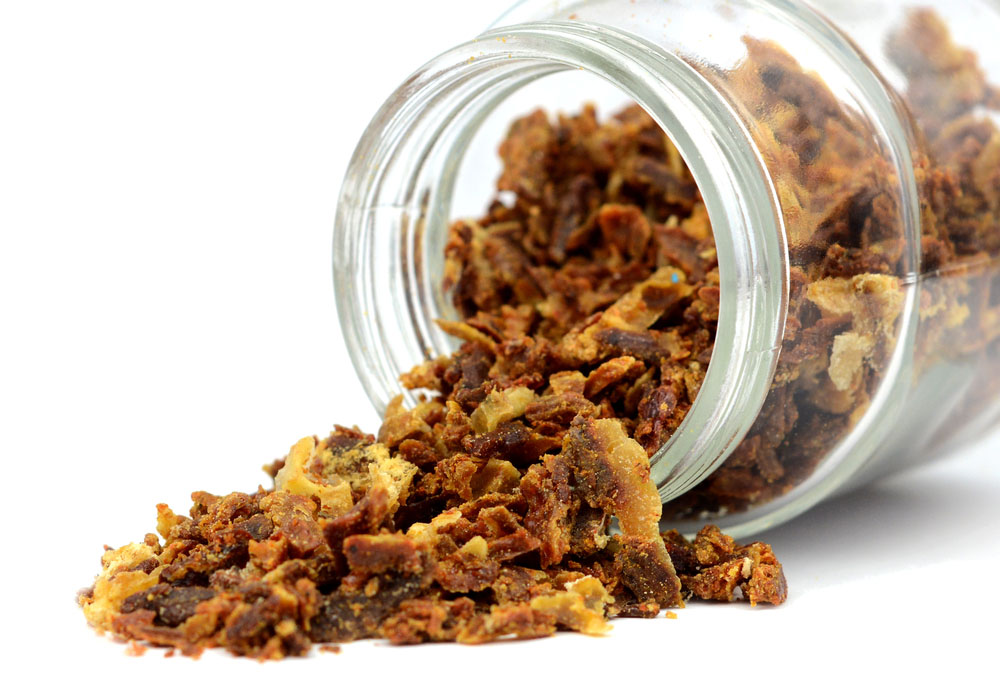
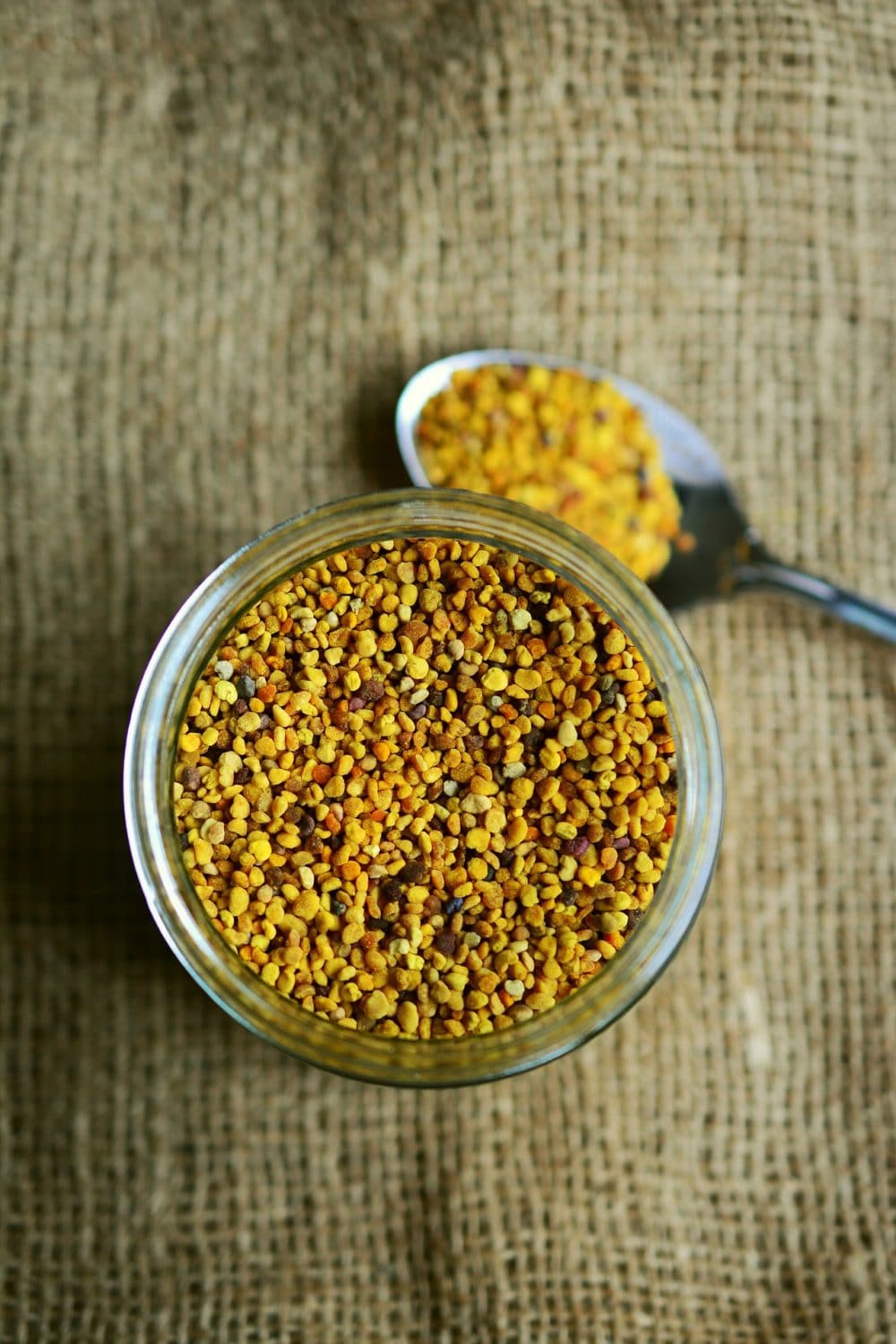
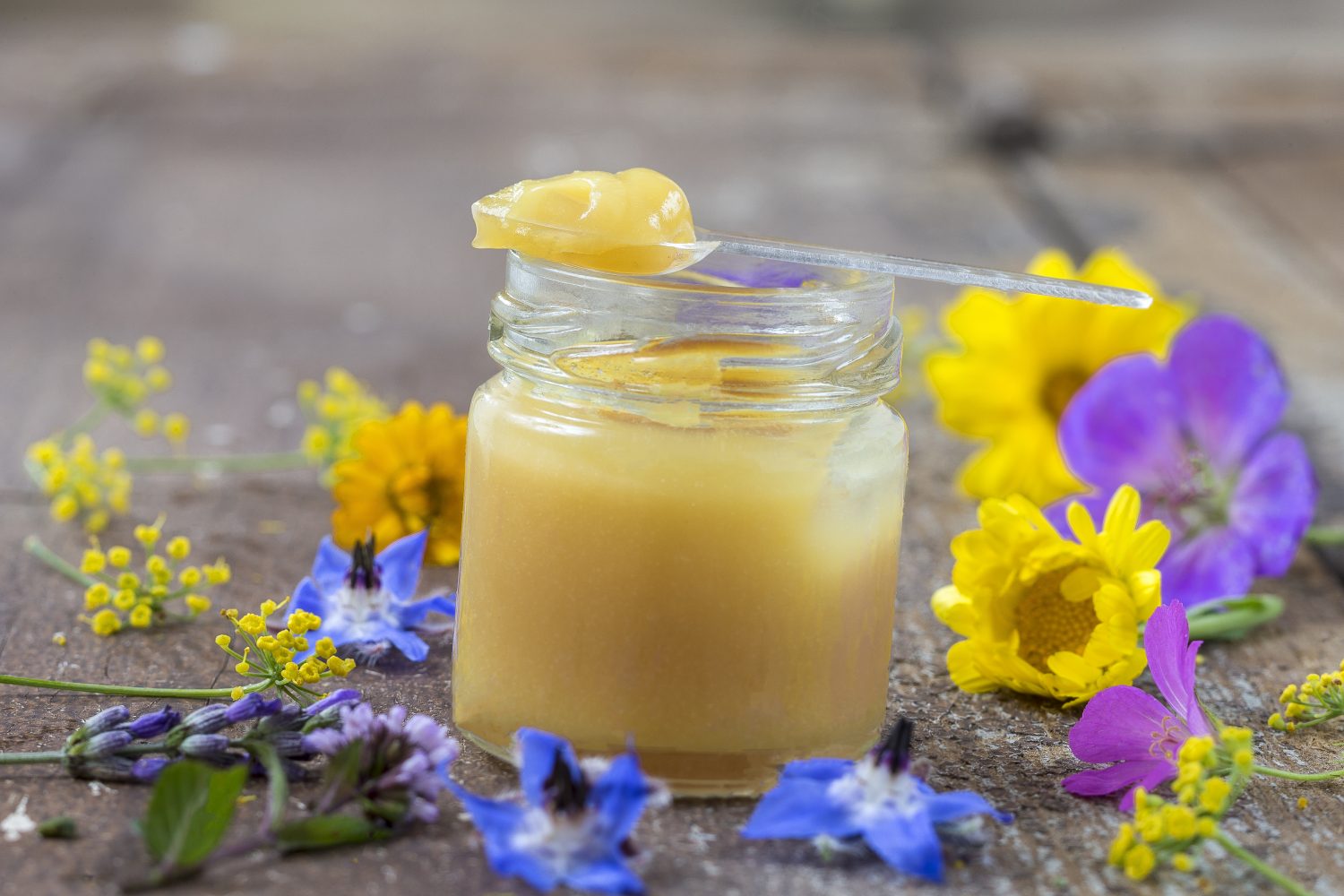
[…] the various products that can be derived from honeybees, such as honey, pollen, wax, bee air/apitherapy, royal jelly, and pollination services. Thorough research about your potential market will help […]
[…] air – popularly used in apitherapy. It is the air produced by honeybees inside the hive. Humans have found ingenious ways of […]